Kubernetes in the wild report 2023
Dynatrace
JANUARY 16, 2023
Findings provide insights into Kubernetes practitioners’ infrastructure preferences and how they use advanced Kubernetes platform technologies. As Kubernetes adoption increases and it continues to advance technologically, Kubernetes has emerged as the “operating system” of the cloud. Kubernetes moved to the cloud in 2022.


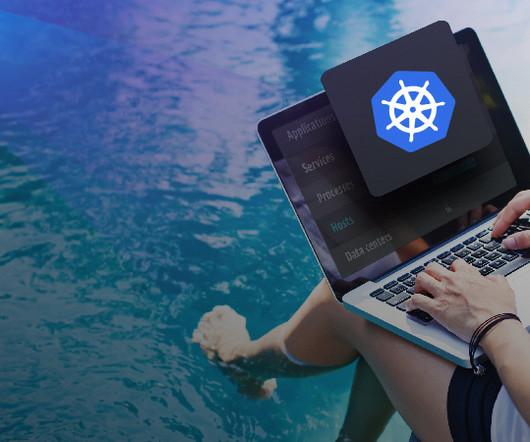
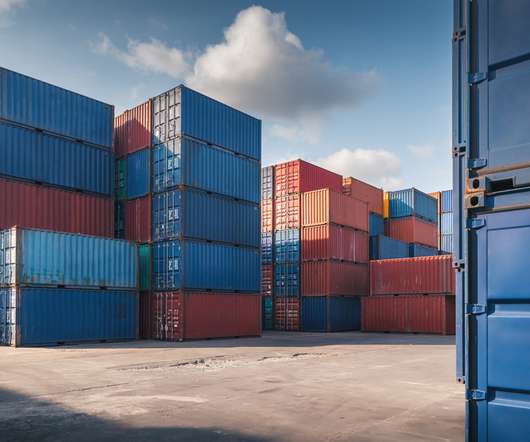
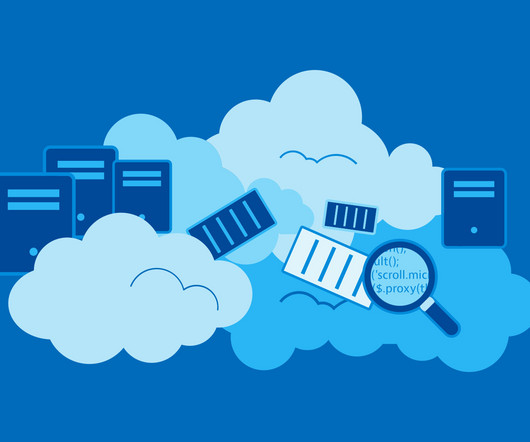




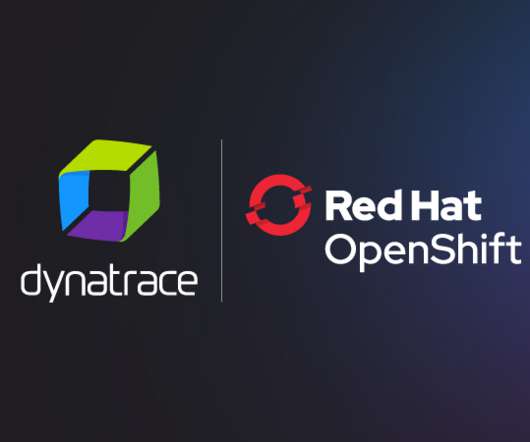



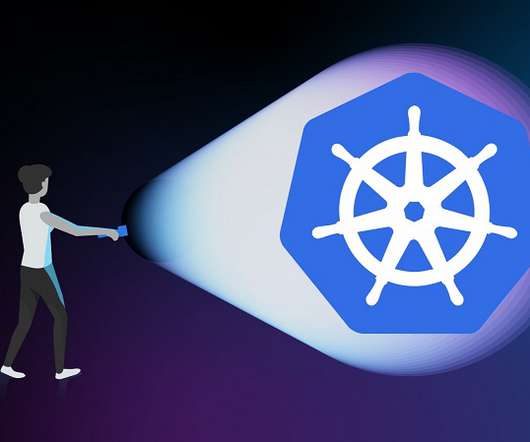










Let's personalize your content